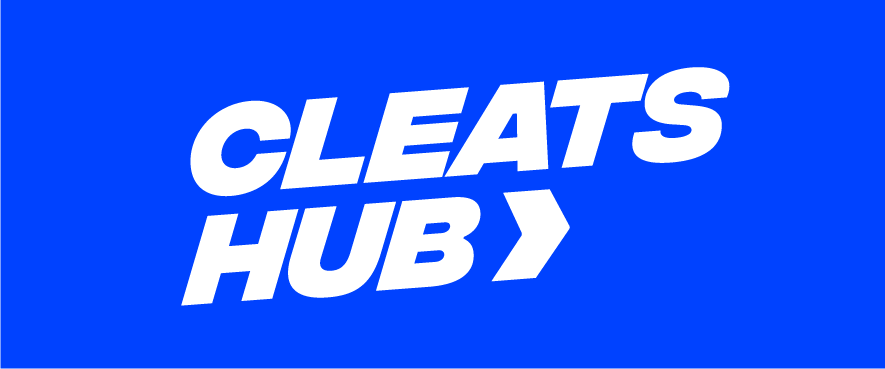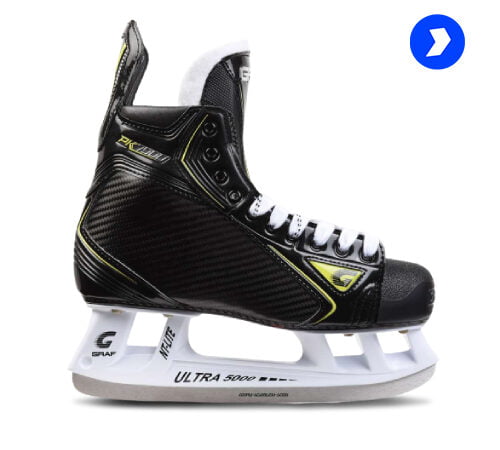Why Ice Hockey Players Leave Their Stick On The Ice
If you watch enough games, you’ll notice that some ice hockey players do not always pick up their hockey sticks when they drop them. The stick is frequently left on the ice while the game is still going on, whether it was dropped on purpose or not.
Ice hockey depends heavily on the hockey stick. Therefore, anything that may persuade a player to drop his hockey stick on the ice will have a valid justification. Either it will impact his performance or that of the team.
What makes them leave their stick on the ice, though? The two grounds for this are if a player has a broken stick, since it is against the law to play with a broken stick. Or if using the stick might give the opposition team an opportunity to score. In this essay, we’ll describe each of these situations and provide scenarios.
Broken Hockey Stick

A player must dump his broken hockey stick on the ice right away once he notices that it is broken. In ice hockey, it is a general regulation that applies to all divisions in ice hockey. The officiating referee may impose a two-minute penalty for breaking this regulation.
The referee’s decision about the broken stick penalty is final. Skaters have a brief window of opportunity to notice their damaged hockey sticks and dispose of them. A penalty will be fined to a player if he attempts to play the puck in any way with their broken stick. This applies even if they are unaware of the broken stick.
Composite ice hockey sticks, as opposed to wooden sticks, are more flexible. Sadly, their weakness lies in how easily they shatter. When the stick makes contact with the puck, little fractures or cracks are prone to form, which might cause it to break. At the end, players risk getting a penalty when this happens.
Hockey players would sooner throw the stick away than take a penalty and give their opponent the edge. The purpose of this regulation was to safeguard players from harm from a broken stick.
The sticks are not picked up by the referee when they break; instead, they are left on the ice. Most of the time, they stay on the ice (usually on one side) until the game is over. However, the only time they are removed from the ice is during intermissions between periods.
A player can also borrow a stick from the bench or a teammate if they need one. Regardless, teammates on the bench are not allowed to hurl or toss the sticks into the ice. This means the player has to go to the bench to retrieve a new stick.
Scenarios
Here are two scenarios of NHL players getting a broken stick penalty. The first player is Jordan Martinook of the Hurricanes, while the other is Kelvin Fiala of the Blue Jackets.
Jordan Martinook
Jordan Martinook was given a penalty shot during a game between the New York Rangers and California Hurricanes for violating the broken stick regulation.
Martinook was attempting to dig for the puck when he unintentionally struck the side wall with his stick. Ignorant of his broken stick, he continued playing.
Later on, he dropped his hockey stick as soon as he realized what had happened, but it was too late since the referee had already blown the whistle and called for a penalty. He claimed that he dropped it as soon as he realized it, but the referee still gave him a two-minute penalty.
The penalty was called at two minutes and forty-five seconds into the game, which the New York Rangers were already leading. Jordan was upset at the outcome when the Rangers eventually defeated the Hurricanes.
Kelvin Fiala
During a game against the Columbus Blue Jackets, Kelvin Fiala of the Los Angeles Kings suffered the same fate.
He received a pass from a teammate, which resulted in the shaft of his stick snapping in half. He utilized his skates to kick the puck away with half of his stick on the ice, preventing his opponent from scoring.
Nevertheless, the game was halted, and he received a penalty because the other half of the stick was still in his hands when he played the puck. There would not have been an offense if he had kicked the puck away after throwing the other half into the ice.
Dropped Hockey Stick

Ice hockey players often abandon their sticks on the ice when they mistakenly drop them. This is not because they can’t go pick it up; rather, it is because of what might happen if they do.
Ice hockey teams are competitive, and every player on a team has a function he plays to ensure his team scores and defends against opponent goals. Pro players often look for situations when a player is out of position to score a goal.
Whenever a player mistakenly displaces his stick on the ice at a distance that can make him move off his position, most of the time he would rather stay in position than go pick up his stick. This is common when the opponent has the puck because a wrong move can lead to a goal.
These instances are also more common at professional levels, such as the NHL, where the game is tightly structured. But if the puck is at a distance not too far from a player’s position (not more than 4 strides) and his team is on the attack, he could retrieve it and get back in position.
Scenario
Imagine a defenseman whose stick slips off his hand while he is going for a breakout play. Do you think leaving the puck to get a hockey stick would be a better strategy than covering the puck until a teammate can come to collect it?
Leaving the puck to get the stick can allow an opponent to take possession of the puck. It also makes it easier to score a goal if a defense is out of position, creating an opening. This is why you will most likely see players chasing after a forward even when they drop their stick.
Conclusion
One reason hockey players tape their sticks is to lessen the likelihood of a breakage. Ice hockey sticks can break at any time, whether you’re defending, attacking, or even shooting for the net.
Read more on, Why Hockey Players Tape Their Stick? How To Tape Yours
And when it comes to leaving your stick on the ice, you just have to decide which course of action will be the most prudent: fetch your stick and run the danger of scoring a goal, or wait and try to delay until backup arrives. The latter option—stalling in an effort to stop a goal—is chosen by the majority of players.
Psstt…. The Top Performing Cleats










